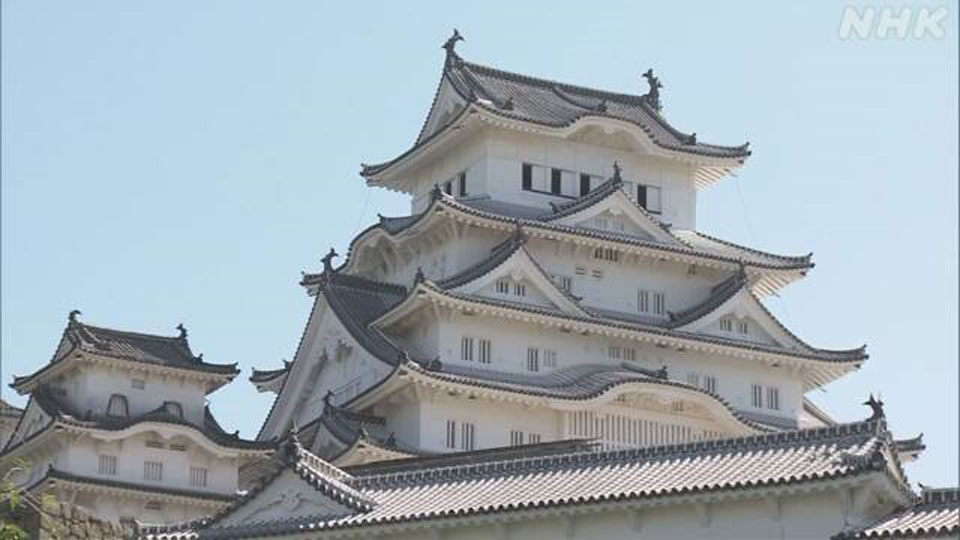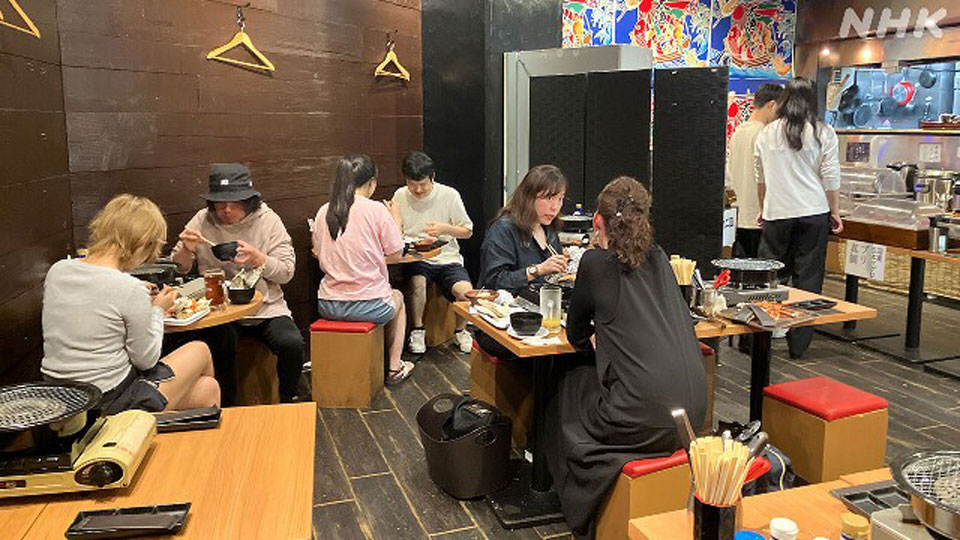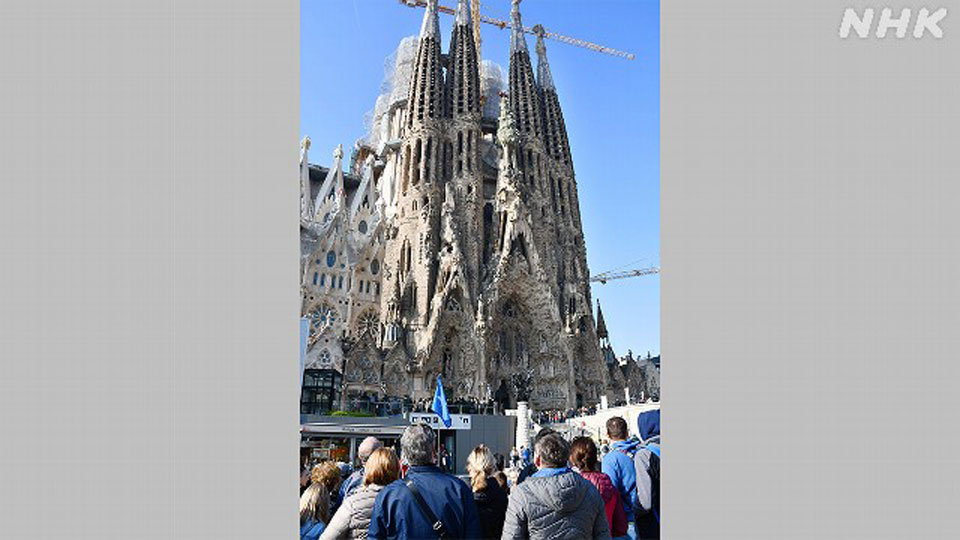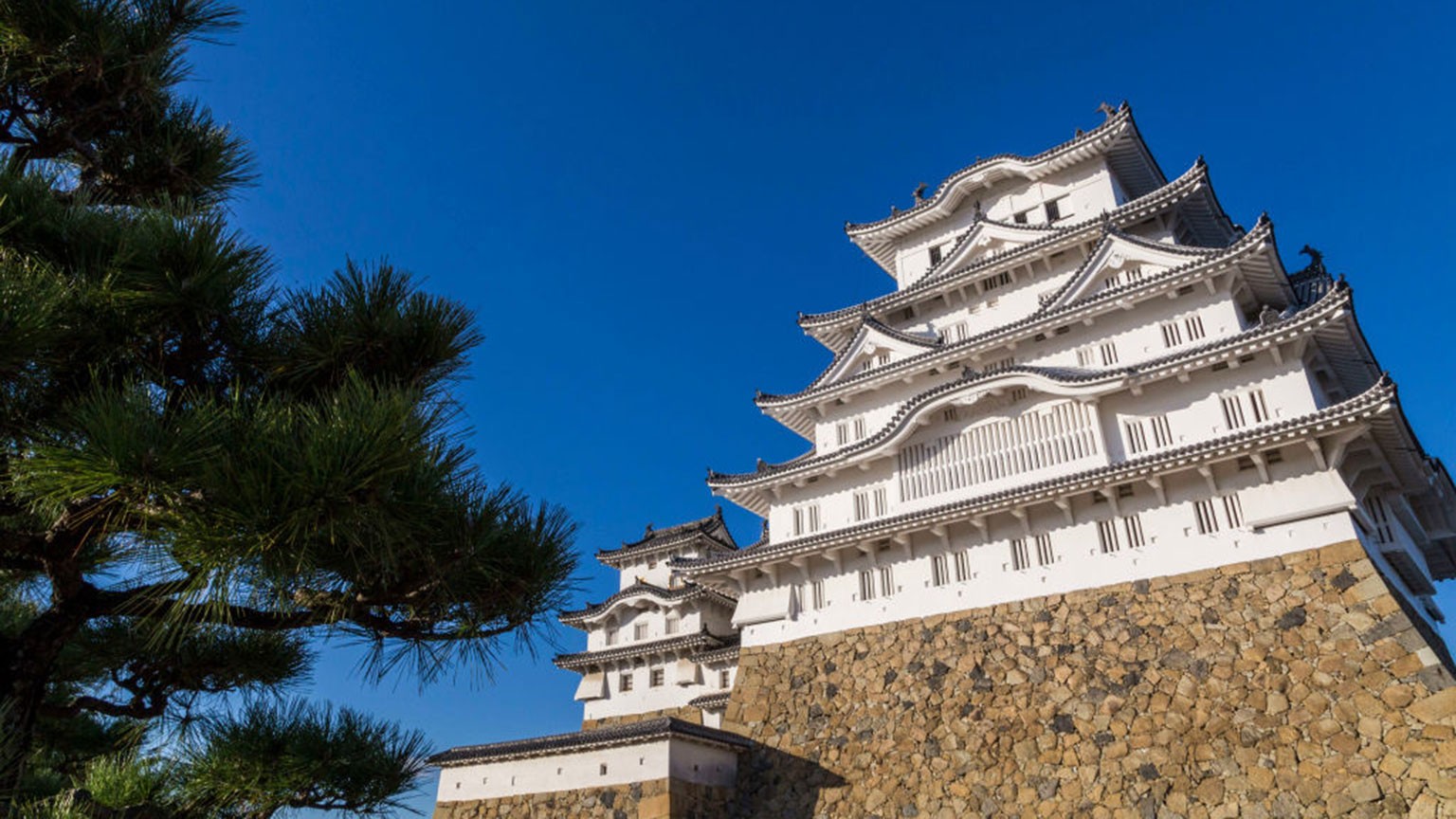Himeji Castle, a UNESCO World Heritage Site, is considering a separate charge for foreign tourists – something that other drawcards have already introduced.
The moves come as Japan enjoys a tourist boom at the same time as it deals with a weak local currency. Authorities want to ensure that facilities can keep up with demand, and keep locals happy as well.
At Himeji Castle, foreigners accounted for 30 percent of the 1.48 million people who passed through its gates last fiscal year. The current adult admission fee is set at 1,000 yen, about 6 dollars.
But Himeji Mayor Kiyomoto Hideyasu has revealed that he is considering a review that could see the introduction of a differing fee structure.

Kiyomoto says the upkeep and preservation costs for the castle are vast, including materials, repairs, specialized craftspeople, and the need to fortifying the structure's earthquake resistance.
"It would be acceptable to at least make a slight difference in fees between children, the elderly and those who come for educational purposes, and those who come for sightseeing," he explained.
The announcement on June 17 has sparked a debate on social media. Some people support the idea of a different price structure, while others claim it could be regarded as discriminatory.
Foreigners pay more
Some private operators have already implemented different prices for tourists. A buffet seafood restaurant in Tokyo's Shibuya Ward, which opened in April, gives a 1,100-yen discount for set menus to domestic customers, including foreign residents.

"I think people are more understanding about offering a discount to domestic customers, rather than raising the price for foreign tourists," says the restaurant's owner Yonemitsu Shogo. "So far, our customers understand the dual pricing, and there have been no major problems."
He explains it costs more to serve foreign tourists who do not understand Japanese. Restaurant staff need to guide them through the menu and explain how to enjoy certain dishes.
Foreign tourists account for about 15-20 percent of Yonemitsu's clientele.
One Japanese customer says the local discount is welcome because other restaurants appear to be charging prices set for foreigners, who have increased spending power due to the weak yen.
Other eateries separate tourists from locals in a different way. An okonomiyaki restaurant in Hiroshima is seeing an increase in foreign diners. They now account for more than 80 percent of turnover, and as a result locals are finding it difficult to get a seat.
In response, the restaurant has designated Friday night as "Prefectural Citizens' Day" and only accepts locals and repeat customers.
"Our restaurant didn't initially set out to target tourists. We want to create a place that locals can enjoy also. I don't think inbound tourism will last forever," says the restaurant owner.

Expert warns to tread carefully
Tourism policy expert, Josai International University professor Sataki Yoshihiro, says careful consideration is needed when attractions like Himeji Castle review pricing.
"Some people argue that it is not fair to have a difference in fees on the basis of nationality, especially when Japan is promoting inbound tourism," says Sataki.
"If there is to be a difference in fees, the reason should be clearly explained. It won't be accepted unless more service or value is provided for foreigners. There shouldn't be a higher fee just because a customer is a foreigner."
Overseas examples
Many other countries that serve as popular tourist destinations have different price offerings for locals and foreigners.
One of the world's most famous ancient sites, Peru's Machu Picchu, charges 31 dollars for visitors from Peru and neighboring countries, and double for tourists from further afield. Foreign visitors to Egypt's Giza pyramids are required to pay nine times more than locals.
Some cities have a tourist tax. Barcelona charges 3.25 euros for each night spent in paid accommodation.

Indonesia's vacation hotspot Bali introduced a tax in February: 150,000 rupiah, about 9 dollars, for international tourists. The funds are being used to maintain facilities at beaches, temples, and other attractions.
At the higher end of the spectrum, the Himalayan kingdom of Bhutan charges international travelers a "sustainable development fee" of 100 dollars per day.
